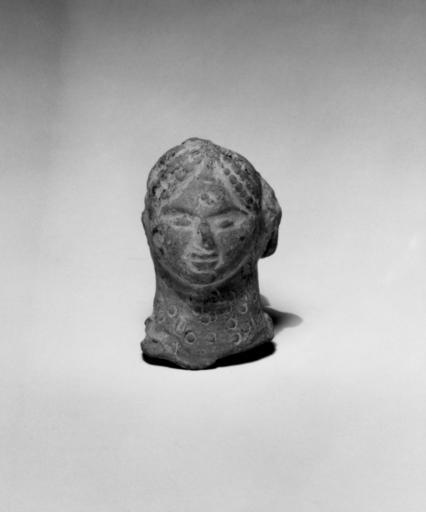MAKE A MEME
View Large Image

| View Original: | Indian_-_Head_of_an_Indian_Village_Deity_-_Walters_2563.jpg (1498x1800) | |||
| Download: | Original | Medium | Small | Thumb |
| Courtesy of: | commons.wikimedia.org | More Like This | ||
| Keywords: Indian - Head of an Indian Village Deity - Walters 2563.jpg Beginning as early as the 4th century BC India played a vital role in international trade between the Roman Parthian and Chinese empires Trade goods from the Far East included raw silk gemstones aromatic resins and spices particularly cinnamon black pepper and cloves They traveled on different trade routes-the Silk- Spice- and Incense Routes Trade stimulated urbanization in India; this growth inspired new cultural and artistic practices Much of the surviving art from this period in India-like this clay sculpture-represents divine figures This piece has simplified facial features large eyes and an elaborate hairstyle This style is typical of village artisans working during the rule of the Mauryan Empire 324-181 BC century 3 2 BC Maurya terracotta cm 4 5 accession number 25 63 16383 Alexander B Griswold Monkton Maryland date and mode of acquisition unknown Walters Art Museum Gift of Alexander B Griswold 1979 Faces of Ancient Arabia The Giraud and Carolyn Foster Collection of South Arabian Art The Walters Art Museum Baltimore 2008 place of origin north India Walters Art Museum license Sculptures from India in the Walters Art Museum 4th-century BC art of India Art of the Mauryan Empire People of the Mauryan Empire Hindu art in the Walters Art Museum | ||||